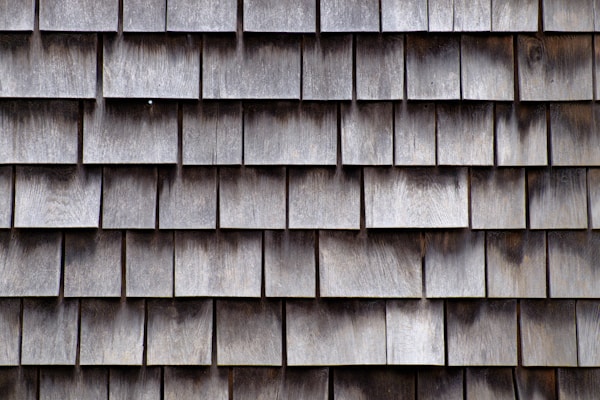Your home is your sanctuary, and its roof serves as a vital shield to protect you from the elements. With numerous roofing options available, it can be tough to choose the type that would suit your needs and preferences best. In this article, we will discuss four different types of roofing, their advantages, and their drawbacks to help you make an informed decision for your home.
Asphalt Shingles
Asphalt shingles are one of the most popular roofing materials in the United States, thanks to their affordability and ease of installation. They are made from a combination of asphalt, fiberglass, and organic materials, providing a durable and long-lasting roofing solution for most homes. Asphalt shingles can last anywhere from 20 to 50 years and require minimal maintenance, making them a great choice for homeowners looking for a low-cost yet reliable option.
Besides their affordability, asphalt shingles are also versatile in terms of design and color. They are available in a wide range of colors and styles, allowing you to select a design that complements the look of your home. Additionally, asphalt shingles have a good fire resistance rating, offering protection against fire damage.
On the downside, asphalt shingles are not as eco-friendly as other roofing options, and they can be prone to cracking in fluctuating temperatures. In extremely hot climates, they may not be the best choice, as their lifespan can be significantly shortened.
Metal Roofing
Metal roofing has gained popularity in recent years due to its durability and energy efficiency. Made from materials like steel, aluminum, and copper, metal roofs can last up to 50 years or more with proper maintenance. They are resistant to adverse weather conditions, such as heavy rain and strong winds, making them an ideal choice for areas with harsh climates.
One of the major benefits of metal roofing is its energy efficiency. It reflects solar heat, reducing energy consumption and keeping your home cooler during the hot summer months. Metal roofs are also an environmentally friendly choice, as they are made from recycled materials and can be recycled again at the end of their life.
However, metal roofing might not be suitable for everyone. The initial installation cost is generally higher than that of asphalt shingles, and it requires professional installation due to its weight and complexity. Some homeowners may also find metal roofs noisy during rainstorms.
Wood Shingles and Shakes

Wood shingles and shakes are a classic roofing choice, offering a natural and rustic look for your home. They are made from various types of wood, such as cedar, redwood, and pine, which provide insulation and energy efficiency. With proper maintenance, wood shingles and shakes can last up to 30 years.
Aside from their aesthetic appeal, wood shingles and shakes are also environmentally friendly, as they are made from a renewable resource. They can also be treated with fire-resistant chemicals to improve their fire resistance rating.
Despite their beauty, wood shingles and shakes come with a few drawbacks. They are not as fire-resistant as other materials, and they can be prone to rot, insect infestation and mold growth if not properly maintained. Additionally, wood shingles and shakes can be more expensive than asphalt shingles or metal roofing options.
Clay and Concrete Tiles

Clay and concrete tiles offer a distinctive Mediterranean or Southwestern look to your home. They are made from natural and sustainable materials, making them an eco-friendly roofing option. These tiles are incredibly durable, with clay tiles often lasting over 100 years and concrete tiles lasting up to 50 years with proper maintenance.
Clay and concrete tiles are fire-resistant and energy-efficient, helping to keep your home cool in hot climates. They also resist damage from insects, rot, and mold. Their long lifespan makes them a cost-effective investment over time.
However, clay and concrete tiles come with a higher initial cost than other roofing options, and their installation can be complex, requiring experienced professionals. Additionally, due to their weight, you may need to reinforce your home’s structure to support the roof tiles, adding further expense.
Overall, it is essential to consider factors such as durability, maintenance, cost, energy efficiency, and aesthetics when selecting the right roofing material for your home. By understanding the advantages and drawbacks of each option, you can make an informed decision and choose a roof that best suits your needs and preferences.
